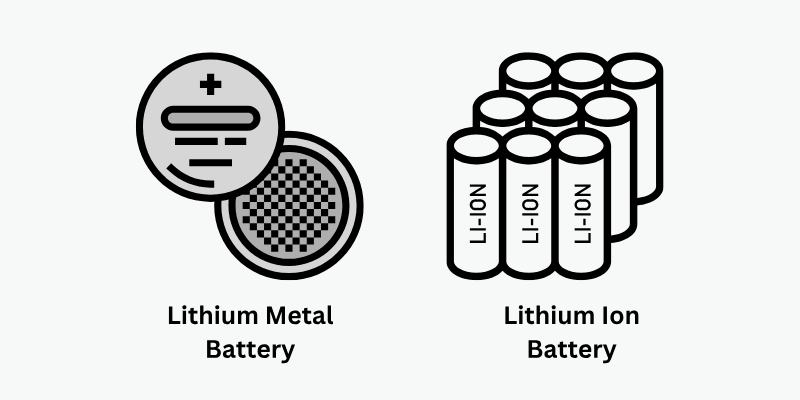في عالم تخزين الطاقة ، البطاريات القائمة على الليثيوم ضرورية لتشغيل كل شيء من الأدوات إلى السيارات الكهربائية. هناك نوعان رئيسيان: بطاريات الليثيوم المعدنية والليثيوم أيون. على الرغم من أن كلاهما يستخدم الليثيوم ، إلا أنهما يختلفان بشكل كبير في البناء والأداء والتطبيقات والسلامة. دعونا نستكشف ما يميزهم!
ما هي بطارية الليثيوم المعدنية؟
تستخدم بطارية الليثيوم المعدنية الليثيوم المعدني لأنودها ، مما يسمح لها بحزم الكثير من الطاقة في مساحة صغيرة. عند شحنها ، تنتقل أيونات الليثيوم إلى الأنود وتشكيل الليثيوم المعدني. عندما تكون البطارية قيد الاستخدام ، تعود هذه الأيونات إلى الكاثود ، مما يؤدي إلى إطلاق الطاقة في هذه العملية.
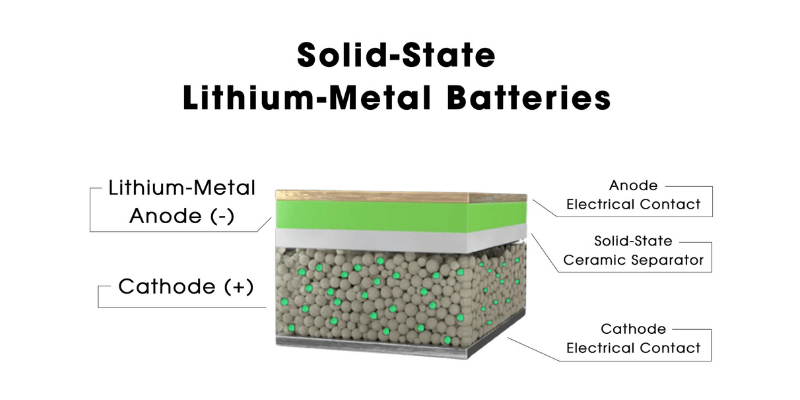
مزايا بطارية الليثيوم المعدنية
توفر بطاريات الليثيوم المعدنية مزايا أساسية على النحو التالي:
- كثافة الطاقة الأعلى: يمكن للبطاريات المعدنية للليثيوم تخزين المزيد من الطاقة في مساحة أقل ، مما يؤدي إلى أوقات طويلة الأمد ونطاق أكبر للسيارات الكهربائية.
- الوزن الأخف: تصميمها خفيف الوزن يجعلها مثالية للتطبيقات المحمولة مثل الهواتف الذكية وأجهزة الكمبيوتر المحمولة والسيارات الكهربائية ، مما يقلل من وزن الجهاز بشكل عام.
- شحن أسرع: تسمح بطاريات الليثيوم المعدنية بالشحن بشكل أسرع ، وتجديد طاقة البطارية في وقت أقل.
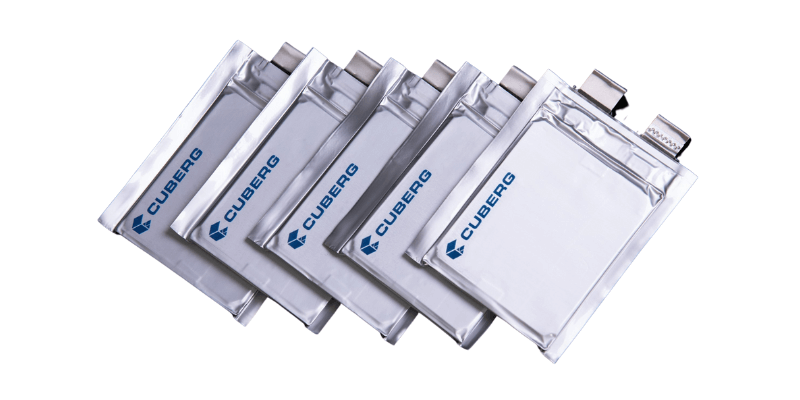
قيود بطارية الليثيوم المعدنية
تأتي بطاريات الليثيوم المعدنية أيضًا مع قيود كبيرة يجب معالجتها :
- مخاوف السلامة: يمكن أن تتشكل التشعبات من الأنود المعدني الليثيوم ، وتثبيت الفاصل وتسبب دوائر قصيرة أو ارتفاع درجة الحرارة أو الحرائق.
- حياة دورة محدودة: بطاريات الليثيوم المعدنية لها أقصر دورة الحياة من بطاريات ليثيوم أيون بسبب تكوين dendrite الذي يضر بالسعة بمرور الوقت.
- تحديات التصنيع: يعد إنتاج بطاريات الليثيوم المعدنية أكثر تعقيدًا ومكلفة من إنتاج الليثيوم أيون بسبب تفاعل الليثيوم الذي يتطلب معالجة متخصصة.
- الحساسية البيئية: هذه البطاريات حساسة للتغيرات في درجة الحرارة وتحتاج إلى تحكم دقيق في ظروف التشغيل من أجل الأداء الأمثل والسلامة.
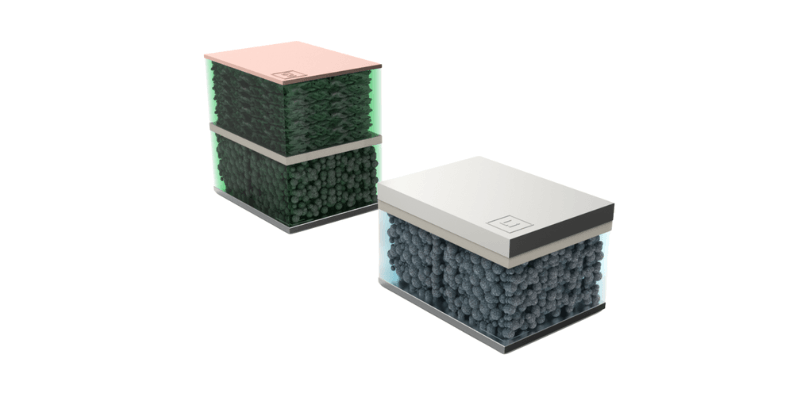
ما هي بطارية ليثيوم أيون؟
بطاريات ليثيوم أيون استخدم مواد الكربون مثل الجرافيت لأنودهم. المكونات الرئيسية لهذه البطاريات هي الكاثود ، الأنود ، الفاصل ، و المنحل بالكهرباء. عند شحنها ، تنتقل أيونات الليثيوم من الكاثود إلى الأنود عبر المنحل بالكهرباء والبقاء هناك. ثم ، عند استخدام جهازك ، يعودون إلى الكاثود ، مما يخلق الطاقة الكهربائية لتشغيله.
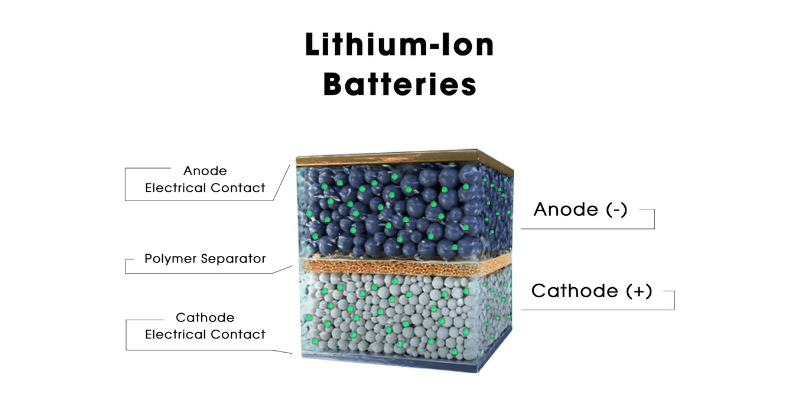
مزايا بطارية الليثيوم أيون
تحظى بطاريات ليثيوم أيون بشعبية بسبب مزاياها المثيرة للإعجاب:
- كثافة الطاقة العالية: توفر بطاريات الليثيوم أيون طاقة كبيرة في مساحة صغيرة ، مما يسمح للأجهزة بأن تكون أصغر وأخف وزناً مع الحفاظ على عمر البطارية الطويل.
- قابلة لإعادة الشحن: على عكس البطاريات التي يمكن التخلص منها ، يمكن إعادة شحن بطاريات الليثيوم أيون بشكل متكرر ، وتوفير المال وتقليل النفايات.
- لا يوجد تأثير للذاكرة: على عكس البطاريات القديمة التي تحتاج إلى تصريفات كاملة قبل إعادة الشحن أو فقدان المخاطر ، يمكن شحن بطاريات الليثيوم أيون في أي وقت دون التأثير على العمر.
- انخفاض تفريغ الذات: تفقد هذه البطاريات شحنًا أقل بمرور الوقت عندما لا تكون قيد الاستخدام ، مع الاستفادة من شحنها لفترة أطول.
- مجموعة متنوعة من التطبيقات: بطاريات ليثيوم أيون متعددة الاستخدامات وتستخدم في العديد من الأجهزة ، من الهواتف الذكية إلى المركبات الكهربائية.
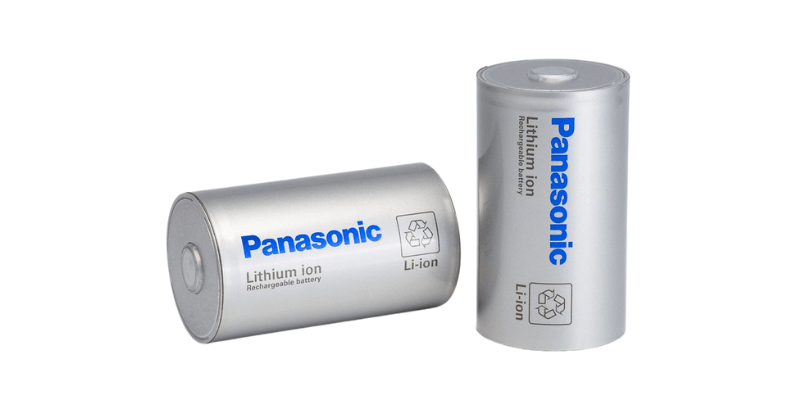
قيود بطارية الليثيوم أيون
تستخدم بطاريات ليثيوم أيون على نطاق واسع ولكن لها قيود:
- التكلفة: بطاريات الليثيوم أيون أكثر تكلفة لإنتاجها من أنواع البطاريات القديمة. قد تؤثر هذه التكلفة المرتفعة على القدرة على تحمل تكاليف الأجهزة التي تعتمد عليها.
- عمر محدود: على الرغم من إعادة الشحن ، فإن قدرتهم على التمسك بالشحن تنخفض بمرور الوقت ، مما يتطلب استبدالًا بسبب التغيرات الكيميائية الداخلية.
- مخاوف السلامة: يمكن أن تشكل بطاريات ليثيوم أيون التال “هارب حراري,” يحتمل أن تسبب الحرائق أو الانفجارات. اتباع تعليمات الشركة المصنعة للشحن والتخزين أمر بالغ الأهمية.
- التأثير البيئي: تعدين الليثيوم والمواد الأخرى له آثار سلبية على البيئة ، وهناك حاجة إلى التخلص المناسب لمنع التلوث.
- حساسية درجة الحرارة: يمكن أن تؤثر درجات الحرارة القصوى على الأداء والعمر ؛ أنها تعمل بشكل أفضل ضمن نطاق درجة حرارة محددة.
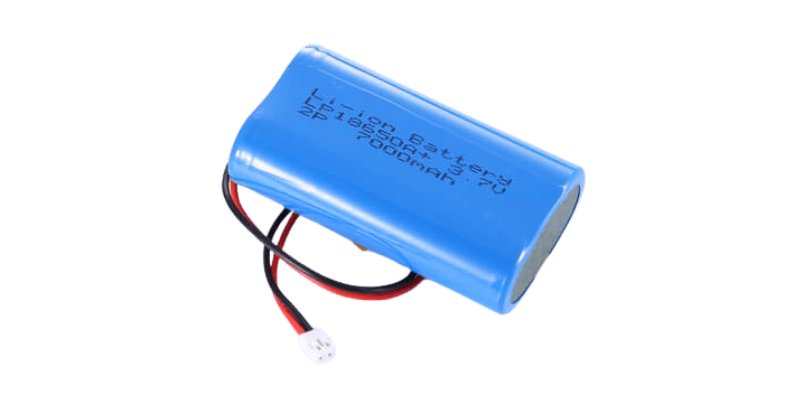
الاختلافات الرئيسية بين بطارية الليثيوم أيون وبطارية المعادن الليثيوم
فيما يلي ملخص للاختلافات الرئيسية بين بطاريات الليثيوم والليثيوم أيون:
مواد الأنود
- ليثيوم أيون: يستخدم الجرافيت مثل أيونات الليثيوم المتواصلة داخل بنيته.
- الليثيوم المعدني: يستخدم الليثيوم المعدني النقي ، مما يسمح بسعة تخزين أيون أعلى.
كثافة الطاقة
- ليثيوم أيون: جيد كثافة الطاقة ولكن يقتصر على قدرة الأنود القائمة على الكربون.
- الليثيوم المعادن: تتيح كثافة الطاقة أعلى بكثير الأجهزة الطويلة الأمد ونطاق أكبر للسيارات الكهربائية.
إعادة الشحن
- ليثيوم أيون: قابلة لإعادة الشحن ، مما يسمح بالاستخدام المتكرر.
- الليثيوم المعادن: معظمهم غير قابل للتشغيل ، لكن الأبحاث مستمرة لجعلها قابلة للشحن.
أمان
- ليثيوم أيون: آمن بشكل عام ولكن يمكن أن يشكل مخاطر حريق إذا تالفة أو إساءة استخدامها.
- الليثيوم المعدني: مخاطر السلامة الأعلى بسبب تكوين dendrite التي يمكن أن تسبب دوائر قصيرة وحرائق.
دورة الحياة
- ليثيوم أيون: حياة جيدة ، تدوم المئات أو الآلاف من الرسوم قبل التدهور.
- الليثيوم المعدني: حياة أقصر دورة بسبب الأضرار التي لا رجعة فيها من التشعبات أثناء الشحن/التفريغ.
توافر تجاري
- ليثيوم أيون: التكنولوجيا الناضجة متوفرة على نطاق واسع عبر الأجهزة.
- الليثيوم المعادن: في الغالب في مراحل البحث ؛ تحديات السلامة ودوران الحياة تعيق التسويق.
يكلف:
- Lithion-ion: انخفاض تكاليف الإنتاج بسبب التكنولوجيا الناضجة.
- Lition-Metal: أكثر تكلفة بسبب تعقيدات التصنيع وأحد المجلدات المنخفضة.
خاتمة
تحزم بطاريات الليثيوم المعدنية المزيد من الطاقة ، لكنها تواجه مشكلات السلامة والعمر بسبب تكوين dendrite. قبل أن يتمكنوا من استبدال بطاريات الليثيوم أيون ، يجب حل هذه التحديات. لحسن الحظ ، يعمل الباحثون بجد لمعالجة هذه المشكلات.

